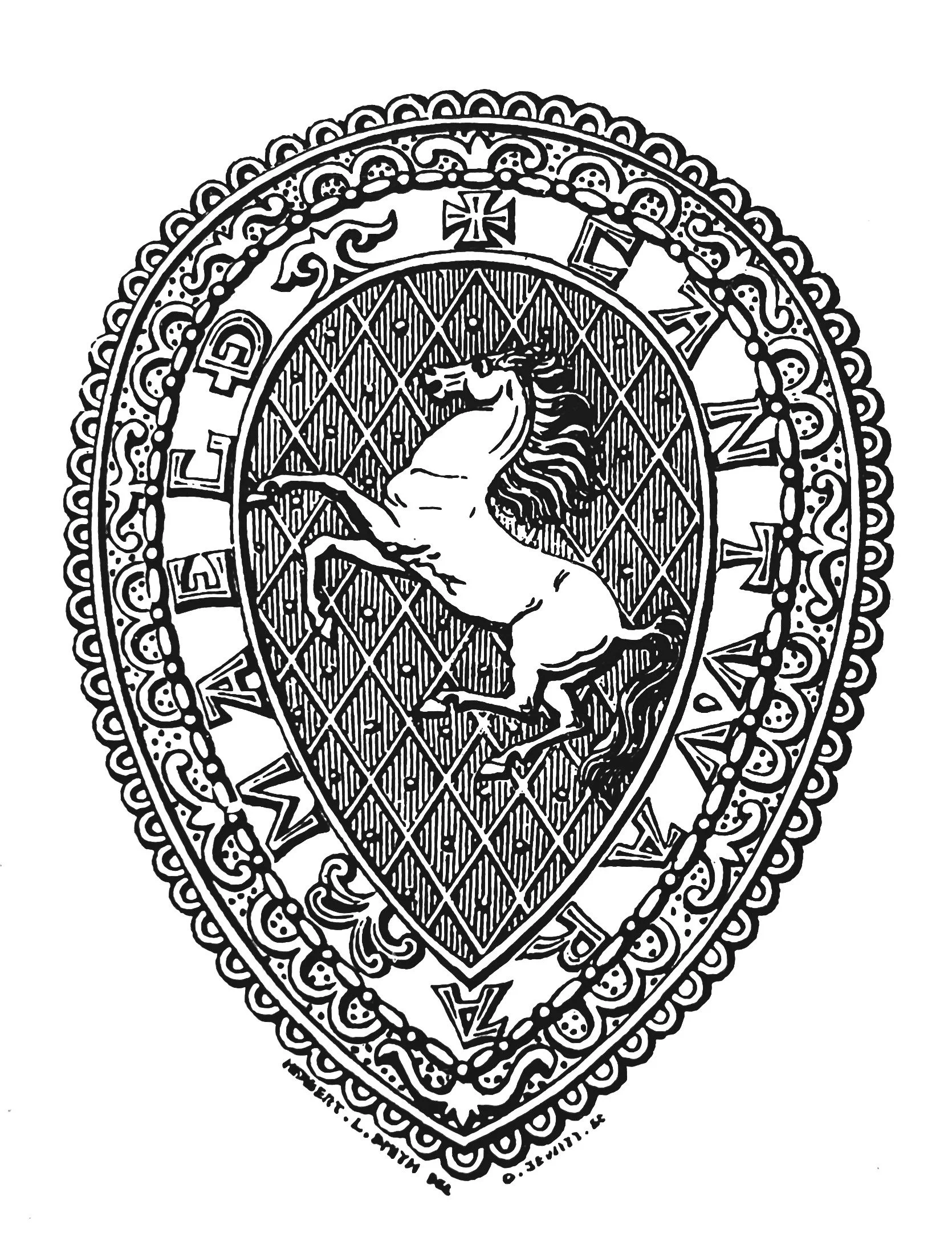Lawrence Lyle, Chairman, 1994, KAS Newsletter, Issue 29 (Autumn 1994). Maidstone: Kent Archaeological Society.
J. Roebuck, 1994, KAS Newsletter, Issue 29 (Autumn 1994). Maidstone: Kent Archaeological Society.
R. Rolinson, 1994, KAS Newsletter, Issue 29 (Autumn 1994). Maidstone: Kent Archaeological Society.
KAS Newsletter, Issue 29 (Autumn 1994). Maidstone: Kent Archaeological Society.
I. Foreman, 1994, KAS Newsletter, Issue 29 (Autumn 1994). Maidstone: Kent Archaeological Society.
KAS Newsletter, Issue 29 (Autumn 1994). Maidstone: Kent Archaeological Society.
Joy Saynor, 1994, KAS Newsletter, Issue 29 (Autumn 1994). Maidstone: Kent Archaeological Society.
KAS Newsletter, Issue 29 (Autumn 1994). Maidstone: Kent Archaeological Society.
KAS Newsletter, Issue 29 (Autumn 1994). Maidstone: Kent Archaeological Society.
KAS Newsletter, Issue 29 (Autumn 1994). Maidstone: Kent Archaeological Society.
KAS Newsletter, Issue 29 (Autumn 1994). Maidstone: Kent Archaeological Society.


David Holman, 1994, KAS Newsletter, Issue 29 (Autumn 1994). Maidstone: Kent Archaeological Society.